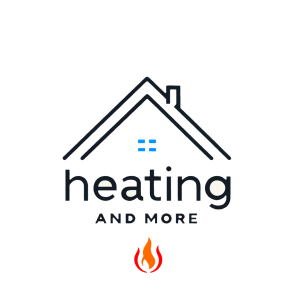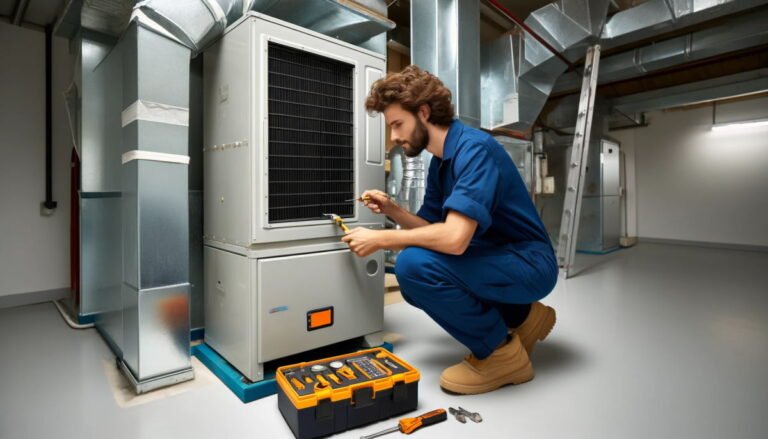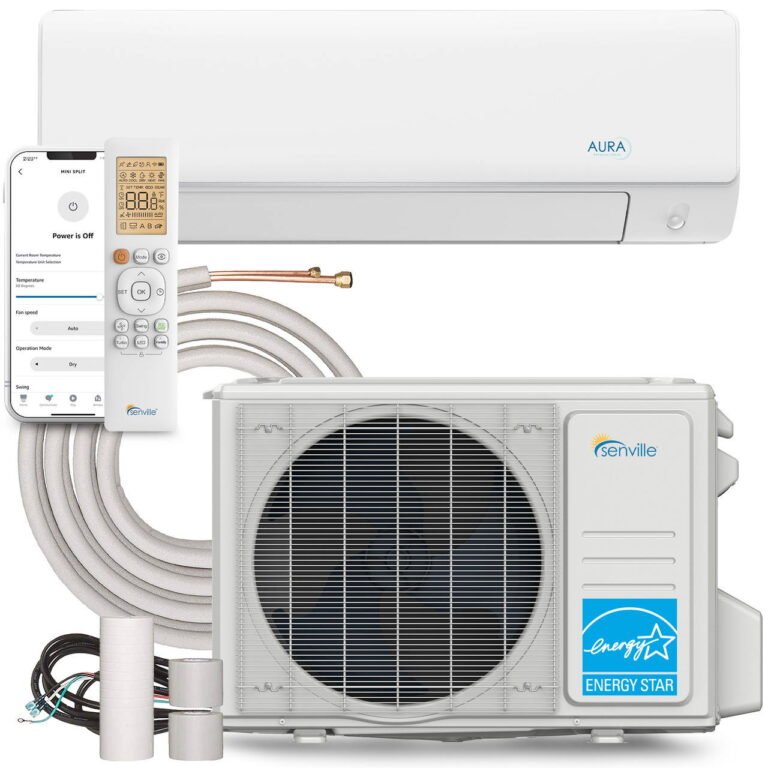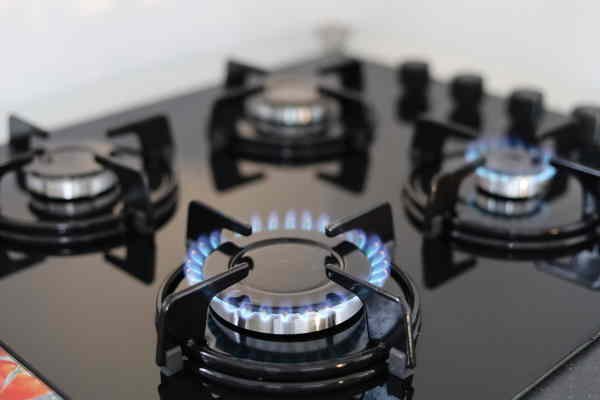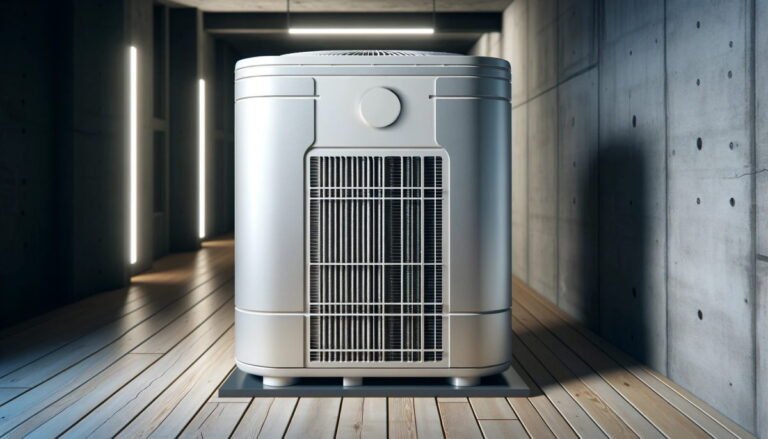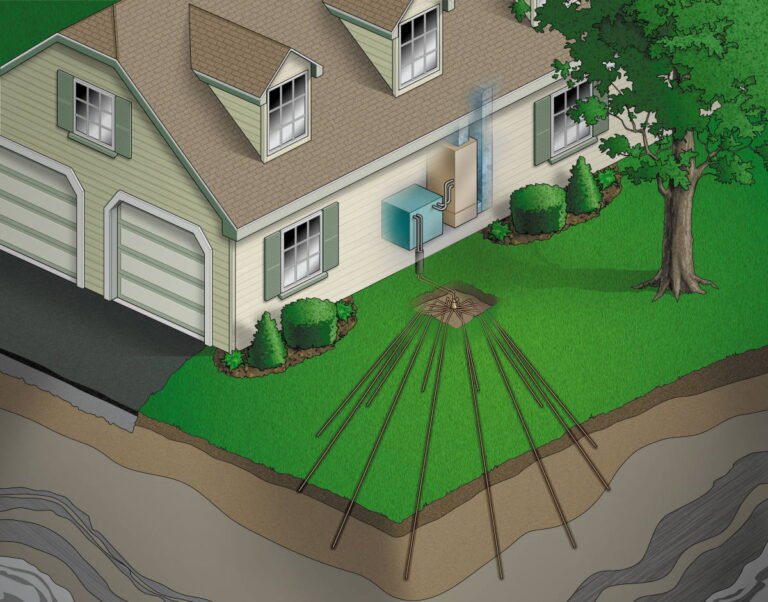Comparing Pellet Stoves vs. Wood Stoves: Which One is the Better Choice?
Choosing the right heating option for your home, especially during those chilly winter months, can be a challenge. Both pellet and wood stoves are popular choices, each with its own set of strengths and catering to different needs and preferences.
In this article, we’ll compare the pros and cons of pellet stoves vs. wood stoves to help you find the best heating solution for your home. We’ll talk about how each type works, their benefits and drawbacks, and the key reasons why you might choose one over the other.
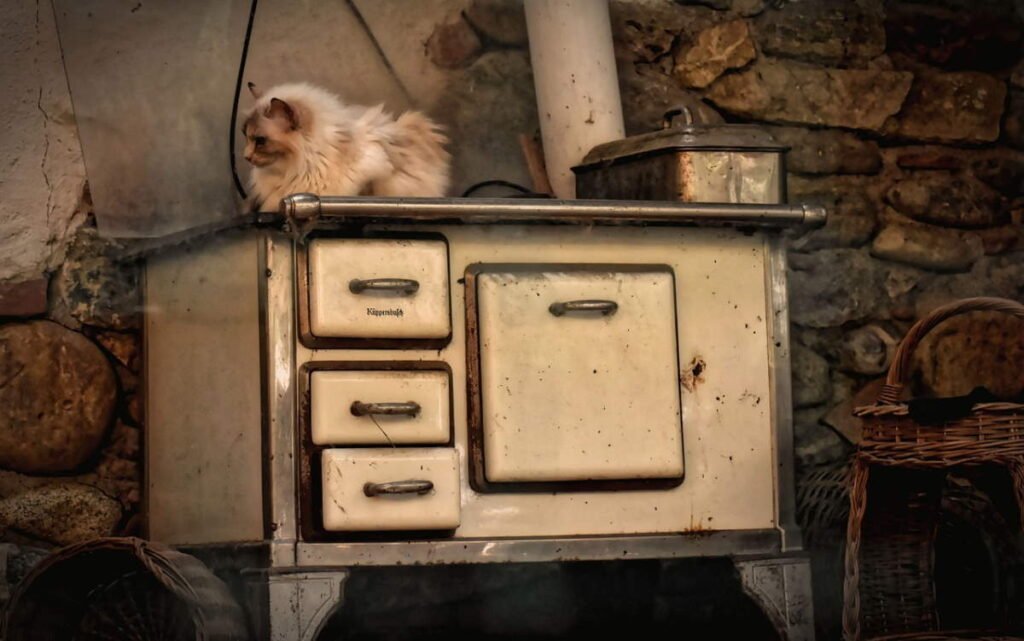
Pellet Stoves vs. Wood Stoves: Key Pros and Cons
| Pellet stoves | Wood stoves | |
| Affordability | Good | Good |
| Eco-friendly | Yes | Yes |
| Flame | Subtle | Dynamic |
| Heat production | Mid-high | High |
| Effort | Low | High |
| Installation cost | Cheaper | Costly |
| Maintenance | High | Low |
| Requires electricity | Yes | No |
Heating with Firewood and Pellets
Heating your home with wood and pellet stoves has many benefits and downsides.
These systems are perfect for homeowners who need to supplement an existing heat source, heat one or more rooms, and reduce heating costs.
Both options use traditional heating methods by burning renewable fuel resources such as seasoned firewood and wood by-products (pellets).
Also, due to higher electricity and gas prices or their unavailability, heating with pellets and firewood might be the best (or only) option in some regions.
Traditional wood stoves are different from modern pellet models. While both generate comfortable dry radiant heat, wood stove burning must be maintained often (manually), while pellet stoves are thermostatically controlled (automatic).
Wood stoves are excellent for those with a source of plenty of firewood to burn, while pellet stoves are for those who prefer a clean form of heating, looking for more convenience, but are okay with carrying heavy pellet bags.
They are often packed in bags and ready to use. You must ensure on-time delivery and store it in the appropriate place: firewood outside and protected from the elements, and pellets inside.
What Are Pellet Stoves and How They Work?
Pellet stoves are modern devices that burn wooden pellets to provide a cost-effective and eco-friendly heating option for homes.
They use a motorized screw-like part called an auger to move pellets from the storage hopper to the burn pot. The thermostat controls the pellet feed rate and heating process, ensuring efficient operation.
Thanks to their innovative design and pellet quality, these units can emit heat more consistently and burn cleaner, resulting in increased comfort and lower pollution.
Cool air is drawn into the burn pot, picking up heat as it passes over the burning pellets. The heated air is then released into the room through convection.
After combustion, the burnt pellets are dropped into the ash pot, while exhaust gases are expelled through a duct to the outside atmosphere.
Pellets are typically made from wood shavings and sawdust, but they can also be made from grass, corn, and other plant materials.
Pros of Pellet Stoves
- Pellet Stoves Are Easy to Use. These stoves are incredibly user-friendly. Simply drop a bag of pellets into the hopper, turn the unit on, and enjoy the warmth. Many models feature automatic ignition and thermostats, with some even offering remote controls for convenient heat regulation.
- Safe and Simple to Clean. Such models do not produce smoke and soot, eliminating creosote buildup and reducing potential fire hazards. This lack of heavy buildup inside the ducts also makes cleaning much easier.
- Automation. High-end models come equipped with control panels and touch screens, allowing for automatic control of the heating process. This includes feeding pellets into the combustion chamber, delivering fresh air, and regulating the temperature, ensuring optimal performance with minimal effort.
- Efficient. Pellet stoves are more efficient than wood types – they operate with an efficiency between 70 and 83%. In addition, the moisture content of most pellet fuels is between 5 and 10%, while firewood is around 20%.
- Cheaper to Install. Many models use a direct venting system, which significantly reduces installation costs compared to wood types that require a chimney or flue.
- Environmentally Friendly: Pellet stoves are an eco-friendly heating option. The pellets are made from recycled wood waste, reducing landfill waste and promoting sustainable resource use. Additionally, they produce fewer emissions compared to traditional ones.
- Consistent Heat Output: Its design ensures a consistent level of heat. The controlled feeding mechanism allows for a steady burn rate, which helps maintain a stable and comfortable temperature in your home.
- Fuel Storage: Pellets are compact and easy to store. Unlike firewood, which can take up considerable space and require seasoning, pellets come in convenient bags that are easy to stack and store.
- Versatile Fuel Options: While most pellets are made from wood shavings and sawdust, they can also be made from other biomass materials such as grass, corn, and other plants, providing flexibility in fuel choice.
Cons of Pellet Stoves
- High Initial Cost: Pellet stoves can be quite expensive, with prices reaching up to $5,000. This high upfront cost can be a significant investment for homeowners.
- Electricity Dependent: They require electricity to operate. They use a motorized auger to deliver pellets to the burn area and a control panel to manage settings and features. This means that during power outages, unless you have a backup power source, your unit will not function.
- Costly Replacement: The system’s complexity includes expensive components, making replacement and repairs costlier compared to traditional stoves.
- Noisy Operation: These are generally noisier due to the motorized parts such as the blower and auger. The noise from these components can be noticeable and may be a drawback for some users.
- Heavy Bags: Pellets often come in 20- and 40-pound plastic bags. Handling and storing these bags requires physical effort, which can be inconvenient, especially for those who may have difficulty lifting heavy objects.
- Higher Maintenance: Due to the number of moving parts and the complexity of the system, pellet stoves require more regular maintenance to ensure they operate efficiently. This includes cleaning the hopper, burn pot, and ash pan, as well as servicing mechanical components.
- Finding Pellets: Ensuring a steady supply of pellets can be a challenge. If you don’t purchase enough pellets for the entire winter or if there is a supply shortage, you might face difficulties in keeping your stove running.
- Limited Aesthetic Appeal: While some people appreciate the modern look of pellet stoves, they lack the traditional charm and ambiance of a wood-burning stove. If the aesthetic appeal of a crackling wood fire is important to you, a pellet stove may not meet that preference.
- Environmental Impact: Although pellet stoves are more environmentally friendly than wood stoves, they still rely on the production and transportation of pellets, which can have a carbon footprint. Additionally, the electricity needed to operate them may come from non-renewable sources, depending on your local grid.
- Technical Know-How: Operating a pellet stove effectively can require a bit of technical know-how. Users need to understand how to adjust settings for optimal performance and how to troubleshoot common issues, which can be a learning curve for those unfamiliar with these systems.
What Are Wood Stoves and How Do They Work?
Wood stoves are traditional heating devices designed to burn seasoned firewood, generating dry radiant heat to supplement your existing heating system or heat one or two rooms. Unlike pellet stoves, which are thermostatically controlled, maintaining a consistent heat with a wood stove requires regular tending to the fire.
Modern wood stoves, especially catalytic models, are designed to be highly efficient and produce cleaner emissions. If you have access to free or inexpensive firewood, a wood stove can significantly reduce your heating costs.
They come in two main types: inserts and free-standing models. Inserts are designed to fit into an existing fireplace, transforming it into an efficient heating source. Free-standing models can be placed anywhere in the room and typically offer more flexibility in placement and design.
They burn seasoned firewood, which should be dried for at least six months to ensure efficient burning and reduce creosote buildup. When you light a fire in a stove, the heat from the burning wood warms the air around it. As the wood burns, it releases gases that, in advanced models, are burned off in a secondary combustion process, increasing efficiency and reducing emissions.
The stove radiates heat into the room, providing a steady source of warmth. Some models also include fans to help distribute heat more evenly. These models have adjustable air vents that allow you to control the amount of air entering the stove, which in turn controls the intensity of the fire and the rate of burning.
As wood burns, it produces ash that must be periodically removed from the stove to maintain efficiency and airflow.
Advantages of Wood Stoves
- Sustainable. Wood is a renewable resource so burning doesn’t harm the nature as other fuels.
- Reliable heating. These stoves do not require power to operate, making them very reliable and a great choice for emergencies.
- Long lasting. They don’t use moving parts and electricity so they can last longer and operate with less breakdowns.
- Options. They can be used for space heating and cooking.
- Cheap heating. If you have your own firewood, you will have free heating, making you independent from the store-fuel supply.
- Flexibility. They can burn any type of logs.
- Adds style. Burning wood provides a rustic feel and a warm, cozy and pleasant ambiance.
- Energy Independence: They allow you to heat your home without relying on external power sources, promoting self-sufficiency.
- Economical: These stoves can reduce overall energy costs, especially when heating larger spaces.
- Variety of Designs: Modern models come in various designs and finishes, allowing you to choose a model that complements your home’s décor.
- Natural Humidifier: The moisture released from burning wood can help humidify dry indoor air, improving overall air quality.
- Local Resource: Using locally sourced firewood supports local economies and reduces the carbon footprint associated with transporting fuel.
Disadvantages
- Takes time to warm up the room. It takes longer to light the fire and heat a room.
- Smoke and soot. They are not clean as pellet stoves because they produce more smoke and soot, leading to greater air pollution and reduced air quality.
- Hazard. To add firewood, you have to open a firebox, exposing yourself to flames, smoke, and gases.
- Fire danger. Burning wood creates creosote which can cause a chimney fire.
- Takes effort. Heating a home with wood can be a cumbersome task because you must often arrange fuel delivery, chopping logs, and storing. Also, you have to dispose of ash daily.
- Takes time to prepare. Seasoning your own wood can take a long time before it is ready for burning.
- Inconvenient. Very inconvenient to use it in urban areas, especially apartments.
Things to Consider When Buying Pellet and Wood Stoves
Wood and Pellet Stoves Use Renewable Fuel
Wood and pellet stoves use renewable fuels. Both are carbon neutral when burning, making them kinder to the environment than other fossil fuels.
Since both stove types burn the wood or its byproducts, they need to be cleaned regularly. However, pellet stoves produce less ash making the clean-up easier.
Note that depending on the device, wood type, and quality, some wood-burning stoves release more pollutants, contributing to environmental hazards such as smog and acid rain. That is why modern and advanced models are the preferred choice of many.
High Efficiency
Pellet stoves are very efficient. As mentioned before, their efficiency is around 90%, which is more than the efficiency of wood stoves.
The main reasons for high efficiency are innovative unit design, maximized burning, and low levels of moisture and ash. That means almost all fuel is burned and transformed into heat.
Modern wood stoves are also efficient but not as gas or pellet options.
For example, traditional wood fireplaces come with only 10-20% efficiency because most heat goes out through the chimney.
But, if you buy a modern advanced EPA-certified stove with a catalytic converter, you can expect to see an efficiency of approximately 80-85%. Not only that these models will spend less, but they are also better for the environment.
Note: Wood stoves have two types of efficiencies: combustion and overall. The overall efficiency is the one you should use as it shows how much heat is transferred to the space. Check out EPA-certified wood stove database for more info about these appliances
Easy of Use
Both pellet and wood stoves can only operate if you feed the burner with fuel.
Firewood must be delivered, properly stored, and split into the correct sizes, while pellets come in 20- and 40-lb bags, which are easier to store and more convenient to use. You just have to drop a load of pellets into the hopper, turn the unit on and come back after several hours to refill the storage.
Additionally, burning firewood creates more ash, so you must clean and dispose of it more often.
With the wood stove, you must also call a professional to check and clean the chimney annually.
Installation
A chimney is one of the most important things to consider when installing a wood stove, and it must be fully insulated and extended above the roof peak.
It must be professionally inspected and swept before every season or once a year. Only a properly vented chimney ensures the safe release of exhaust gases and your safety.
Pellet stoves only need a direct venting system or a small chimney, which results in lower installation costs.
Sizing tips
When choosing a pellet or wood stove, make sure to size it properly because only then they can deliver enough heat without wasting too much energy.
Heating with the oversized unit often results in energy losses, increased pollution, and costs because users will try to avoid overheating by burning fires with low flame intensity.
On the other side, an undersized unit is not capable of providing sufficient heat, so your comfort won’t be as expected.
According to energy.gov, a stove rated between 42,000 and 60,000 Btu can heat a home with 1,300 to 2,000 sq. ft. space.
Comparing Costs/Affordability
It is less expensive to install a pellet stove than a wood option.
As stated by homeadvisor.com, freestanding pellet stoves might cost you between $1,000 and $5,000, depending on the type and size.
Installation costs range from $200 to $850.
Wood pellets cost between $3 and $7 for a 40-lb bag.
An average price for wood stove installation is between $1,200 and $4,500, and up to $7,000 with the installed chimney. Installation costs are from $250 to $800, while the unit can cost you between $400 and $2,500.
Lifespan
According to the experts and user reviews, wood stoves can last approximately 20-25 years, while pellet stoves can last up to 20 years as they use more electrical and mechanical parts, including fans, motors, switches, and electronics that can wear out or break.
So, Which Is Better: A Pellet or Wood Stove?
In order to avoid high energy costs, homeowners often switch to wood or pellet heating because they are cost-effective and eco-friendly options, providing a pleasant and cozy atmosphere.
Wood stoves are an excellent option for supplemental home heating, where the firewood is free or available in abundance, and if you want to take advantage of the stove cooking. They can provide heat even if the power goes out.
If you like classic fire crackling and the dynamic glowing effect, this is the type for you.
Pellet stoves are a modern and quieter option that can deliver higher efficiency and more consistent heat, with the same cozy and old-time ambiance as wood stoves but more subtle.
DIY installation is not recommended because an improperly installed unit could pose a serious safety risk and lessen efficiency and longevity.
More Articles About Home Heating
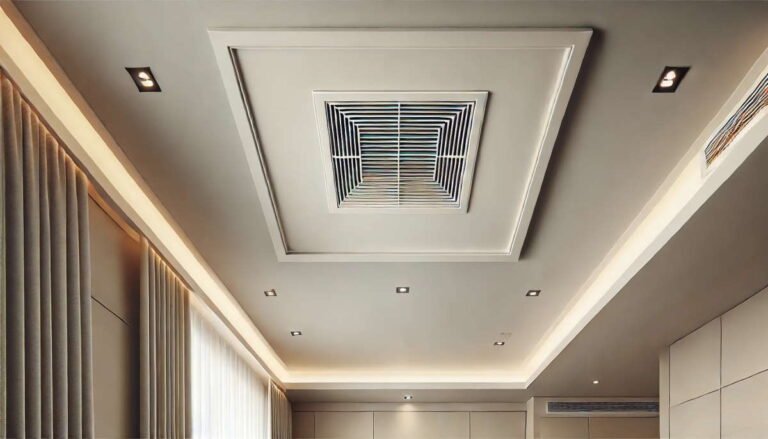
Tips and Tricks on How To Remove Bad Smell From The Air Ducts
The bad smell from the air ducts of your HVAC system is a common problem for many homeowners. Ductwork is the…
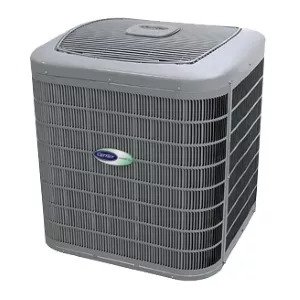
Heat Pump Not Cooling? Here’s What You Need to Know
Heat pumps are essential not only in the winter for heating our homes but also in the summer to cool…

Compare Ductless Mini-Split Heat Pumps vs. Window Heat Pumps: Which Is Right for You?
In this article, we are going to look at ductless mini-split heat pumps vs. window heat pumps, examine how each…
